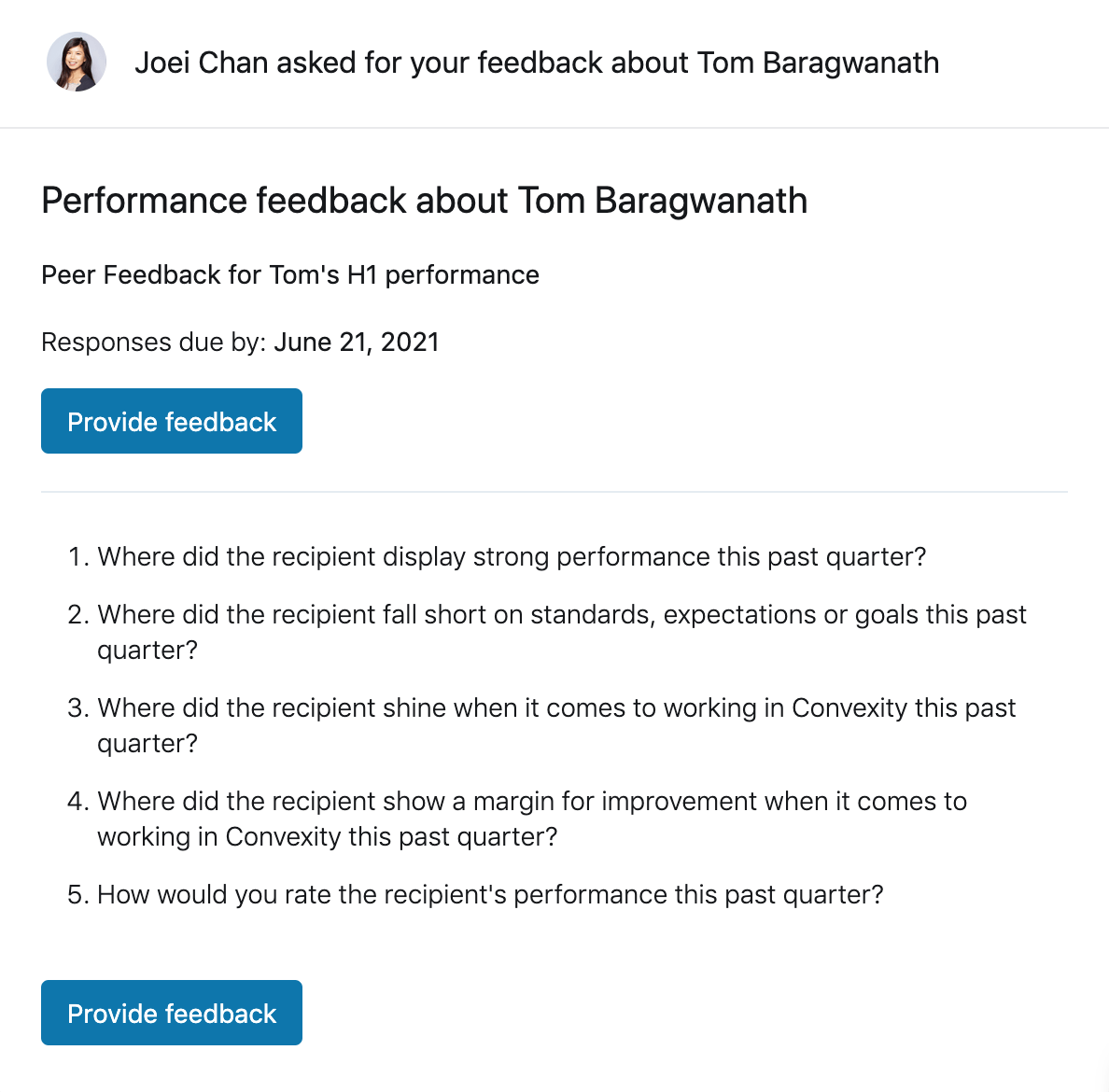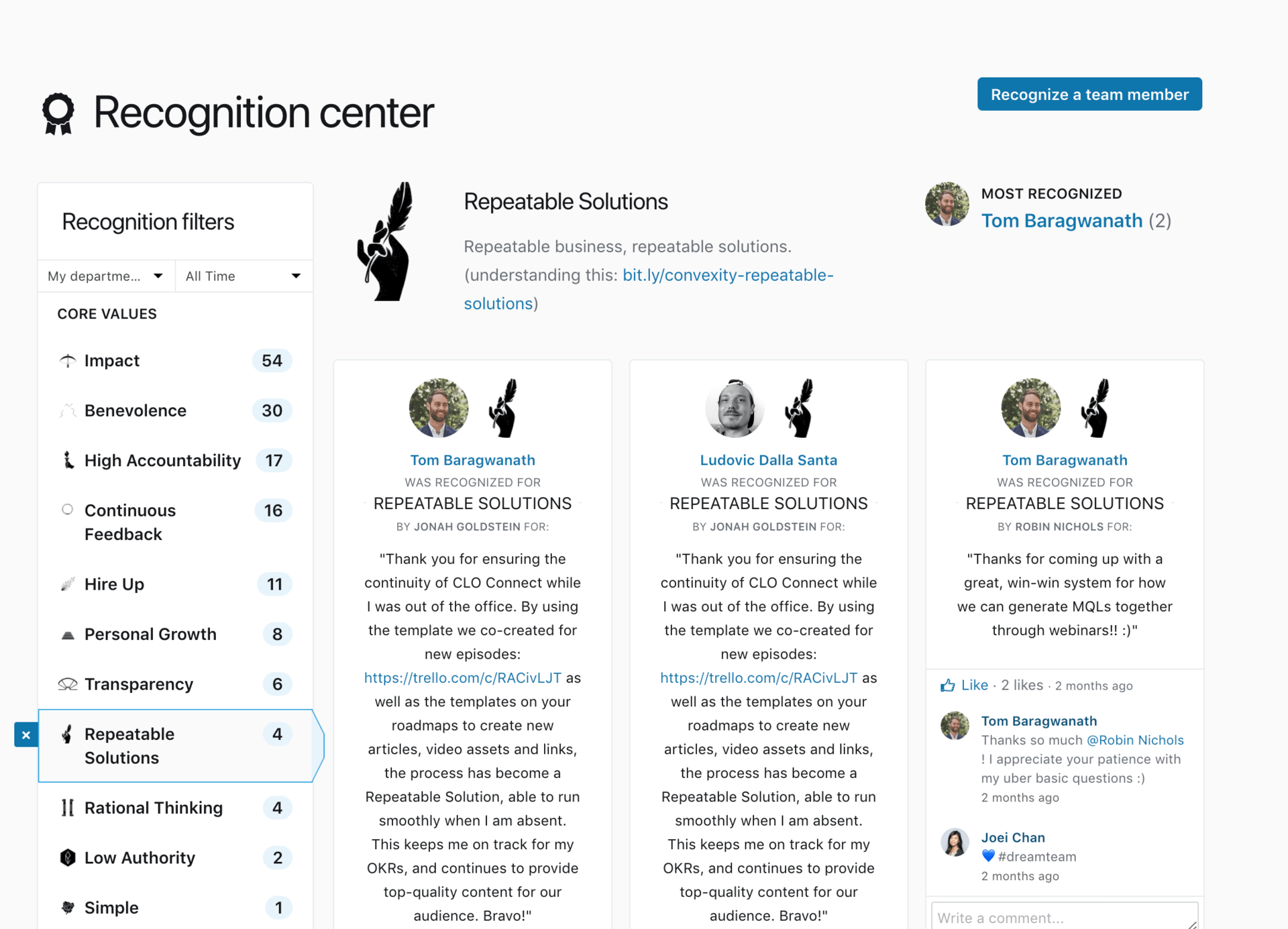Drive More L&D Impact With Collaborative Learning
Inability to focus, isolation, and inadequate collaboration with colleagues have emerged as the top challenges of remote work. [1] Thankfully, collaborative learning has surfaced as an effective solution—so much so that we found that programs that use internal collaboration are found twice as useful by learners.
Collaborative learning programs aren’t just regular, humdrum trainings that employees do together instead of alone. They include a number of techniques designed to maximize learning and engagement by enabling employees to help one another throughout the learner journey.
In classroom environments, collaboration has already demonstrated its powers by helping students “connect, communicate, and develop problem-solving skills,” according to Deloitte. [2] Intelligently adjust and apply techniques from the same model in a corporate or private sector setting for adults, and you’re likely to see similar positive results.
Taking some inspiration from the classroom, we rounded up 6 easy-to-implement collaborative learning techniques that will liven up any training program.
1. Peer Training
Most employees prefer going to their peers to learn more about their industry and to enhance their skillsets. [3] Yet, less than half of organizations have embraced any kind of peer-to-peer learning method. Implementing peer training, where employees create learning content for their fellow team members, is one of the best ways to tap into that preference and get employees to share their knowledge.
Peer training makes the learning experience richer. Any employee with subject matter expertise can respond to a learning need and create a course on that topic. Employees can ask questions about or update an existing course. Employees are also able to react to courses and offer feedback, which helps fill in knowledge gaps within the organization. Peer training also makes learning affordable. Instead of paying an outside expert to come in for training, you leverage your internal experts.
Here’s how to implement peer training:
- Use collaborative learning software that allows for peer authoring, which any employee can use to create content quickly and easily.
- Invite internal experts to create and iterate courses so that they are accurate and updated.
- Encourage every employee to interact with courses by providing feedback and reactions to the courses.
2. Curiosity Conversations
A curiosity conversation is a meeting scheduled with a peer, someone within the organization you admire, or a member of the leadership team, where an employee can ask questions about their path, their day-to-day experience, and the road ahead. [4] Just like mentoring conversations in higher education [5], these casual meetings allow for thoughts to flow and can spark new ideas and build bridges.
By bringing employees from different departments together, curiosity conversations help build connections and empathy. They provide an essential opportunity to discover not only what a job entails but the mindset that informs it, leading to improved communication, fewer misunderstandings, and greater collaboration. [6]
Here’s how to implement curiosity conversations:
- Announce a company-wide social initiative to encourage leadership to keep time on their calendars for curiosity conversations and let new hires know what they’re for.
- Introduce “Day in the Life” training programs to help employees get insight into the work that their colleagues do during the course of a day.
- Use a program like Donut to facilitate random pairings within the organization.
Here’s how we organize “random coffees” in the marketing team at 360Learning. The idea? Facilitate exchange, mutual understanding, and workplace collaboration.

3. Virtual Coworking
Virtual coworking is simply working with colleagues—virtually. But it’s not just that. For remote teams in particular, this can facilitate collaboration across time zones by helping employees stay focused, share ideas, and feel connected.
Virtual coworking reduces isolation by making employees feel connected with each other. [7] The flexibility of working from anywhere and still having “office friends” makes employees happier and more productive.
Here’s how to implement virtual coworking:
- Use a virtual whiteboard for tasks that team members need to do together. Like its physical counterpart, a virtual whiteboard is an interactive board that employees can use to collaborate. There are several options to choose from, including MURAL, which has useful features like sticky notes, methodical templates, a voting tool, and time-keeping functionality.
- Set up regular coworking sessions so that employees can focus on their individual tasks but in each other’s presence. A tool like Flow Club is handy for scheduling different dates and times so coworkers across time zones can sign up.
- Schedule ten minutes at the end of each coworking session to discuss challenges and crowdsource solutions.
4. Think-Pair-Share
The Think-Pair-Share technique has long been a classroom favorite. As the name implies, the technique involves three steps: thinking—brainstorming on a topic, pairing—grouping employees in twos or threes, and sharing—discussing their ideas. At the end of the session, employees regroup to discuss ideas as a whole.
The Think-Pair-Share technique gives workplace meetings a structured approach by dividing them into stages. When employees exchange new ideas, it prompts them to think critically. Plus, sharing ideas reduces employees’ anxiety, as they feel better prepared after vetting their ideas with colleagues. [8]
Here’s how to implement Think-Pair-Share:
- In the first stage, a manager or team lead poses a question or problem that employees think about for five minutes.
- The second stage involves pairing employees in groups of two (or three) so they can discuss ideas with each other. This stage can be allotted about ten minutes.
- The third stage is when employees regroup to share their answers and learn as a collective for 15 minutes.
5. Jigsaw Method
The Jigsaw method is an instructional approach in which individuals in a group are each assigned a particular subtopic to focus on and become specialists in. Originally designed to help students overcome learning gaps, this technique is very helpful in promoting cooperation and the idea of group success among employees. [9]
Once every group member becomes an expert in a specific portion of the puzzle and understands how it fits into the group’s jigsaw as a whole, they coach their partners on the process. This shared responsibility for each other’s learning improves their communication and problem-solving skills. Becoming experts also increases their feelings of competence and leads to higher motivation.
Here’s how to implement the Jigsaw technique:
- Form groups of 6–8 employees and divide the topic into as many subcategories.
- Ask each employee to research their topic area within a given time frame. This can be a scheduled hour or even an entire day.
- Have the group meet again at a designated time so that each employee can share their expertise by teaching other members.
6. Peer Reviews
Peer reviews are the future of performance evaluations. [10] They enable two-way learning, letting employees view and be inspired by one another’s work. Employees learn a lot by getting feedback from people other than their manager. Plus, by giving feedback, employees are able to put themselves in a coaching role, which compels them to think critically about how to explain and approach the work they do.
Below is an example of a peer review as part of 360 reviews conducted at 360Learning.

Peer recognition feels organic and natural—and less like a performance review. An effective feedback loop can help scale organic praise because it is personalized and constructive. It offers diverse perspectives, nurturing a climate where employees feel comfortable taking risks. [11] Take the example below of how we give “recognitions” at 360Learning. These are small, ad hoc bits of praise or feedback given publicly by colleagues, that align with our corporate values (on the left):

Here’s how to implement peer reviews:
- Create an effective peer feedback loop by making it a part of the regular workflow so that it takes the form of a regular check-in.
- Encourage employees to recognize and celebrate peers’ values that align with those of the company. These can be values like bravery, curiosity, or integrity.
- Feedback should be simple to understand, constructive, and solution-focused so that it shows the employee a way forward.
Little Moments Of Collaboration Go A Long Way
You don’t need to completely overhaul your training program to reap the benefits of collaborative learning. Start small by incorporating a couple of these tips in your classroom or training program to gauge how your learners respond.
When you’re ready to scale your collaborative L&D efforts across the organization, consider a comprehensive learning platform like 360Learning, which gives you access to the powerful features of an LMS, LXP, and Academies—all in one solution.
References:
[1] Challenges of working remote in 2020
[2] Online Teaching Toolkit: Making it happen
[3] 3 Advantages of Peer-to-Peer Learning
[4] Brian Grazer’s Curious Connections
[5] Great Mentors Focus on the Whole Person, Not Just Their Career
[6] The Business Case for Curiosity
[7] Give Your Remote Team Unstructured Time for Collaboration
[8] Benefits of the Think-Pair-Share Strategy
[9] The Jigsaw Method Teaching Strategy
[10] Are Peer Reviews the Future of Performance Evaluations?
[11] The Surprising Power of Peer Coaching

Originally published at 360learning.com.

